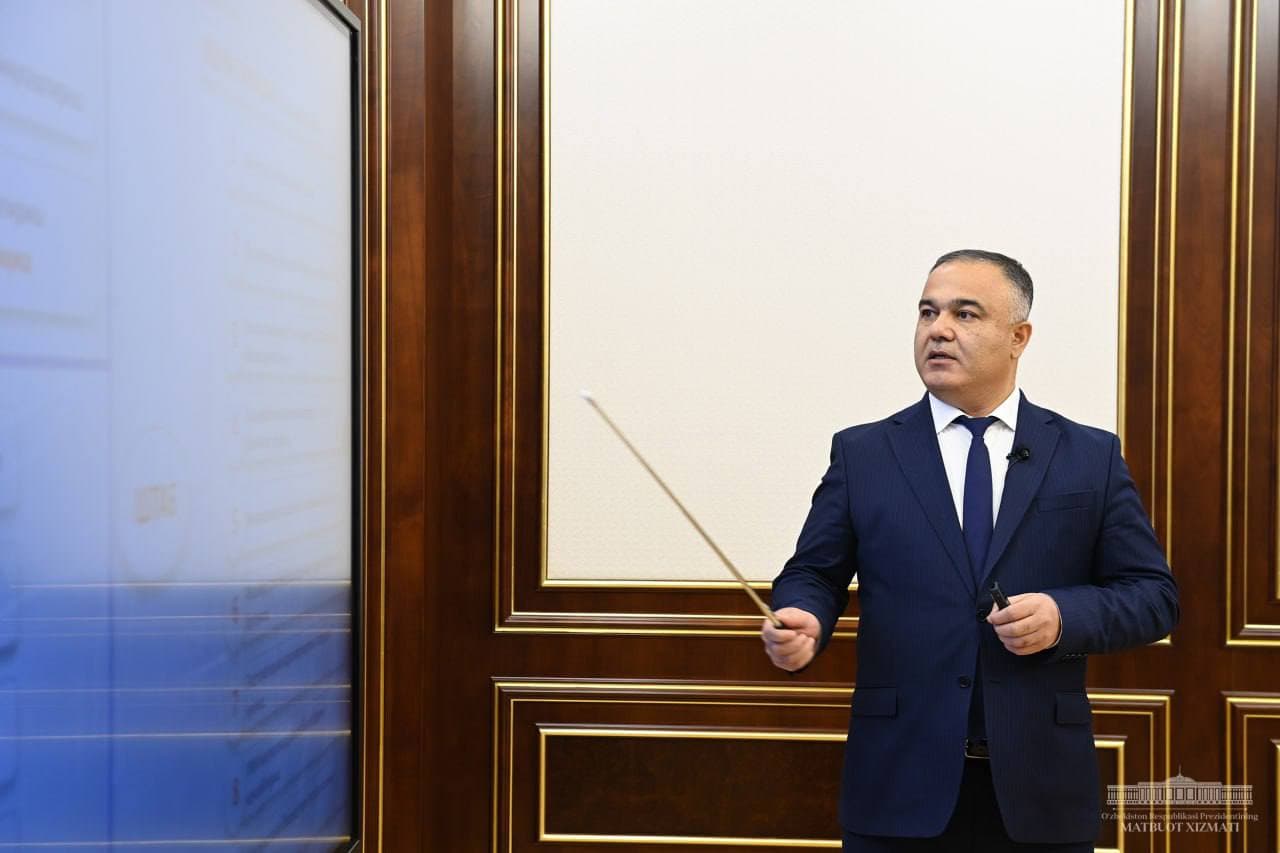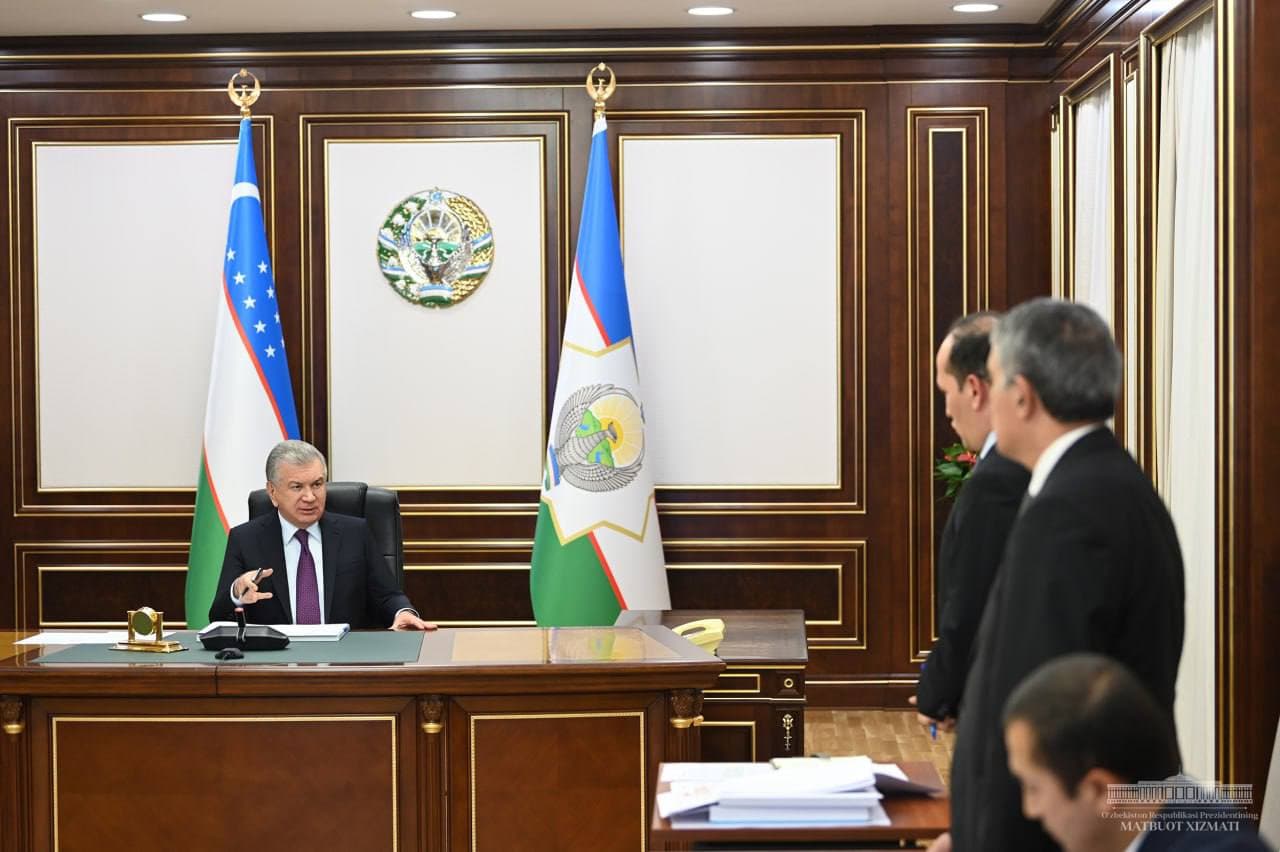Measures for improving water use efficiency considered
2024-01-04 17:15:00 / Presentations

In the current conditions of an increasingly worsening shortage of water resources in the country, special attention is paid to their rational and careful use. In recent years, 472 thousand and 48 thousand hectares of land have been converted to drip and sprinkler irrigation, respectively, and water-saving technologies have been introduced on 97 thousand hectares. Laser leveling was carried out on 649 thousand hectares of land.
As a result of these measures, 2 billion cubic meters of water were saved in 2023 alone. This is equal to the annual water consumption of Bukhara region.
Specific problems hamper the expansion of the scope of this work in the areas. For example, the powers of district irrigation departments are limited to inter-farm canals. Water supply services are not fully funded. Commercial bank loans allocated for introducing saving technologies are not attractive to farmers.
In this regard, on behalf of the Head of state, proposals were developed to improve the water resources management system’s lower level and increase efficiency.
Thus, based on regional irrigation departments and specialized services, it is planned to organize state institutions “Suv yetkazib berish khizmatlari” (Water supply services). They will be provided with excavators and other equipment, reducing the cost of servicing irrigation networks by half.
It is also envisaged to carry out an inventory of all irrigation networks, assign them to their owners, and develop a single identification number.
Starting this year, payment for one cubic meter of water supplied to the field is set at 100 UZS. It was noted that the time has come to change the stereotype that has been established in the minds of many people that water is free.
In this regard, it was proposed to organize settlements with water consumers on a differentiated basis. In particular, from 2025, it is planned to apply a lower tax coefficient to farmers who have installed water meters and introduced saving technologies and to those who have not done so, on the contrary, an increasing coefficient. At the same time, fees for water supply services will be waived.
Measures to further stimulate the introduction of water-saving technologies were also discussed at the meeting.
It was noted that a preferential credit line would be opened for these purposes. In particular, loans will be issued at 14 percent for 5 years with a two-year grace period. For projects in the Republic of Karakalpakstan and Khorezm region, the rate will be 10 percent. Farmers will not be required to pledge property when receiving such loans.
At the same time, it is possible to obtain loans online. For example, Agrobank has developed the Suvkredit.uz system. It is planned to impose additional obligations on contractors, such as constructing water-saving technologies only based on a detailed design, providing at least a two-year warranty on installed systems, and providing service for at least 5 years. The system will not include contractors who do not meet these requirements.
As is known today, a subsidy of 8 million UZS is provided for every hectare on which water-saving systems are introduced. Until now, 50 percent of this amount was paid in the year the technology was installed, and the rest was paid the following year. This condition is also planned to be simplified by paying the subsidy in full in the same year the technology was installed.
The Head of state approved these proposals and instructed on properly establishing a system to cover every end user and expand the scope of water conservation work.

